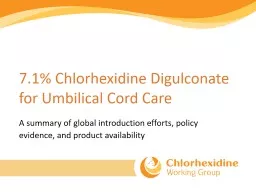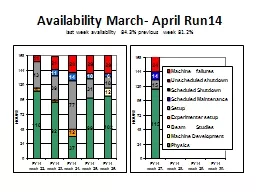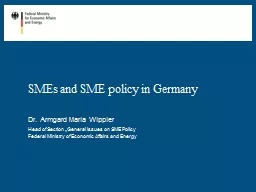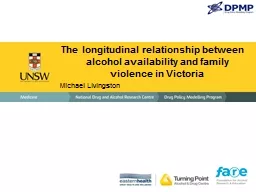PPT-A summary of global introduction efforts, policy evidence, and product availability
Author : liane-varnes | Published Date : 2018-11-21
71 Chlorhexidine Digulconate for Umbilical Cord Care What is chlorhexidine digluconate A broadspectrum antiseptic Commonly used worldwide for various applications
Presentation Embed Code
Download Presentation
Download Presentation The PPT/PDF document "A summary of global introduction efforts..." is the property of its rightful owner. Permission is granted to download and print the materials on this website for personal, non-commercial use only, and to display it on your personal computer provided you do not modify the materials and that you retain all copyright notices contained in the materials. By downloading content from our website, you accept the terms of this agreement.
A summary of global introduction efforts, policy evidence, and product availability: Transcript
Download Rules Of Document
"A summary of global introduction efforts, policy evidence, and product availability"The content belongs to its owner. You may download and print it for personal use, without modification, and keep all copyright notices. By downloading, you agree to these terms.
Related Documents














